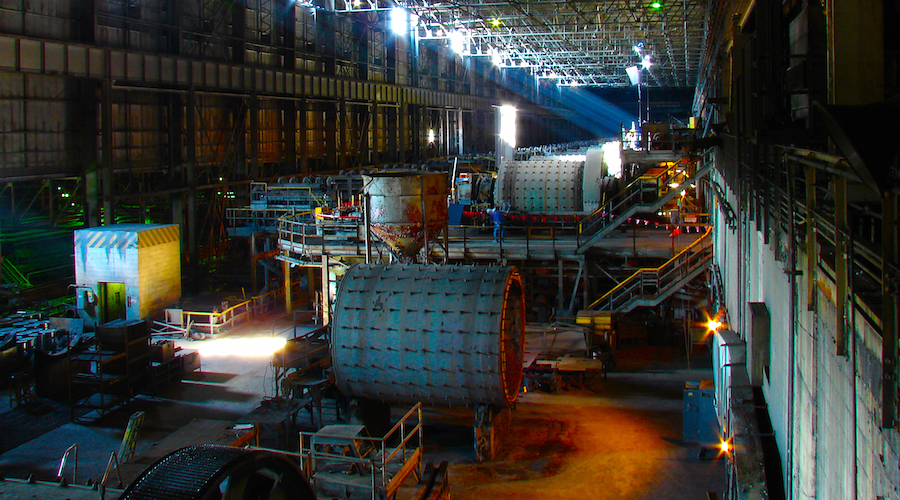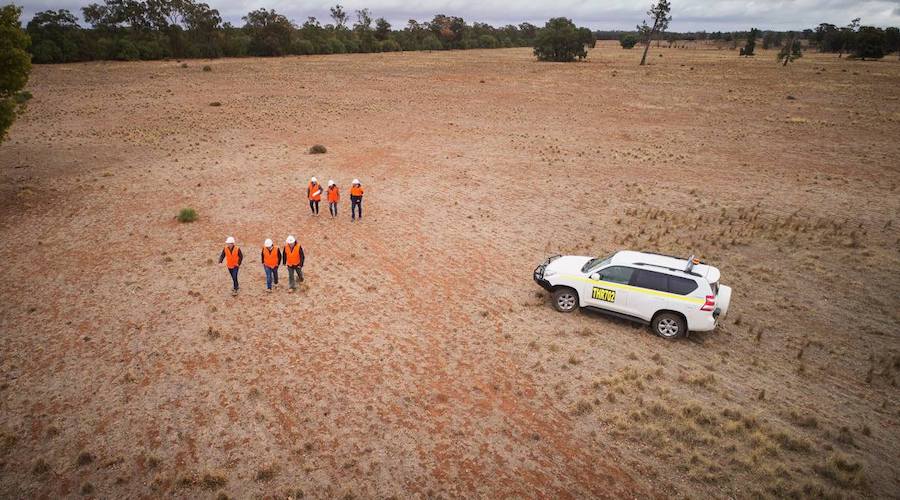Huge Minnesota copper-nickel mine clears environmental hurdle

Minnesota is on its way to developing its first copper-nickel mine, with the state’s Department of Natural Resources deciding last week to approve a complex environmental analysis of the project.
In its final environmental impact statement on the proposed copper, nickel and cobalt mine, the agency called the 3,000-plus page environmental impact statement “adequate”, thus concluding the state’s environmental review. It means the proponent, PolyMet Mining (TSX:POM, NYSE:PLM) can start applying for permits to mine the Minnesota Duluth Complex, said to contain “one of the world’s largest undeveloped deposits of copper, nickel and precious metals,” according to PolyMet’s description. The Duluth Complex is a rich vein of minerals stretching from about 150 miles north of Duluth to the Canadian border.
This is an historic event for Minnesota, the Iron Range, and for PolyMet, clearing the path for permit applications required for construction.
PolyMet says the NorthMet Project will annually produce 72 million pounds of copper, 15.4 million pounds of nickel, 720,000 pounds of cobalt and 106,000 troy ounces of precious metals. However, promises of jobs and development in the economically-depressed Iron Range region, where over 2,000 iron mining workers have been laid off in the last year, have not sat well with local conservationists. For the past decade they have claimed that the mine threatens the region’s ecology and water supplies. PolyMet replies that “the mine and processing facilities will comply with all applicable state and federal standards designed to protect Minnesotas water, air and other natural resources at the project site, which is 175 river miles upstream from Lake Superior.
“The plant and mine site are not in the Rainy River Watershed that includes the Boundary Waters Canoe Area Wilderness (BWCAW).”
It’s been a long slog for PolyMet to convince government officials. According to a report in Associated Press, PolyMet started environmental work in 2004, but its original impact statement got a poor review from the U.S. EPA. “The project was then extensively redesigned to address water quality, waste rock disposal and other concerns. The DNR issued a major revision in 2013 and conducted a public comment process that shaped the final version, which was released in November,” according to AP.
“The state’s decision validates both the Final EIS and the exhaustive process supporting the final document. This is an historic event for Minnesota, the Iron Range, and for PolyMet, clearing the path for permit applications required for construction,” said Jon Cherry, PolyMet’s president and CEO, in a statement.
However there are a number of roadblocks that could still derail the mine.
MPR News reports that PolyMet must first secure an estimated $600 million to build the mine, and notes that its largest shareholder, Glencore (LSE:GLEN) lost $5 billion last year. In addition, the U.S. Forest Service and Army Corps of Engineers must also sign off on the final environmental review; without their blessing, PolyMet can’t swap over 6,000 acres of private land with land in the Superior National Forest where the proposed mine is located, or acquire permits to replace wetlands destroyed by the mine.
MPR News also indicates that environmental groups and local Indian tribes have “filed hundreds of pages of comments highly critical of the environmental analysis performed by the DNR and its federal partners,” claiming the document relies on flawed data.
More News
{{ commodity.name }}
{{ post.title }}
{{ post.date }}




Comments
Pat Wood
In the year 2025, they will have construction done. Maybe.